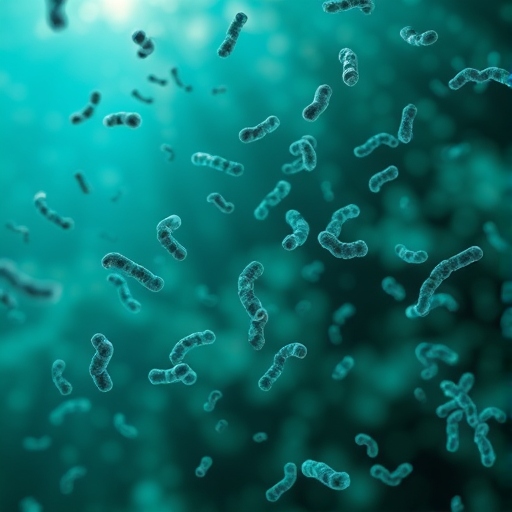Escherichia Coli Disease
Introduction Escherichia coli, commonly known as E. coli, is a versatile bacterium that resides in the intestines of humans and animals. While most strains of E. coli are harmless and play an essential role in gut health, certain pathogenic strains can cause significant illness. Understanding E. coli disease is crucial for recognizing its symptoms, transmission, prevention, and treatment. In this article, we will explore the different types of E. coli, their associated diseases, and strategies for prevention and management. What is E. Coli? E. coli is a gram-negative, rod-shaped bacterium that was first identified in 1885 by German scientist Theodor Escherich. It is a member of the Enterobacteriaceae family and can be classified into various serotypes based on its antigens. While most strains are benign and contribute to gut health by aiding digestion and preventing pathogenic bacteria from colonizing the intestines, certain strains can cause severe illness. Pathogenic E. Coli Strains Pathogenic strains of E. coli are categorized into several groups based on their virulence mechanisms and clinical manifestations: Transmission The transmission of pathogenic E. coli often occurs through the fecal-oral route, commonly via contaminated food and water. Here are some key sources of infection: Symptoms of E. Coli Infection The symptoms of E. coli infection can range from mild to severe and often develop within 3 to 10 days after exposure. Common symptoms include: In severe cases, especially those caused by EHEC, individuals may develop hemolytic uremic syndrome (HUS), characterized by: Diagnosis To diagnose an E. coli infection, healthcare providers typically consider the patient’s medical history and symptoms. Laboratory tests may include: Treatment Management of E. coli infections depends on the severity of symptoms and the presence of complications. Most mild infections can be treated at home, while severe cases may require medical intervention. Here are common approaches to treatment: Mild Infections Severe Infections Complications Although most people recover from E. coli infections without serious issues, some may experience complications, particularly with EHEC infections: Prevention Preventing E. coli infections is a shared responsibility that involves food safety practices, personal hygiene, and environmental considerations. Here are key strategies to help prevent infection: Food Safety Practices Personal Hygiene Water Safety Conclusion E. coli disease represents a spectrum of infections caused by pathogenic strains of this otherwise harmless bacterium. While many infections are mild and self-limiting, some can lead to severe complications, emphasizing the importance of preventative measures. By practicing good hygiene, understanding food safety guidelines, and being aware of symptoms, individuals can significantly reduce the risk of E. coli infections. Awareness and education can empower individuals to make informed choices, thereby promoting better health and reducing the incidence of E. coli-related illnesses. In the event of suspected infection, seeking medical attention promptly can lead to early diagnosis and effective management, minimizing the risk of complications. As research continues to evolve, better strategies for prevention and treatment will undoubtedly emerge, facilitating improved public health outcomes related to E. coli infections.
